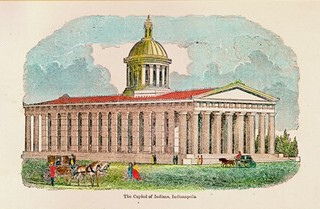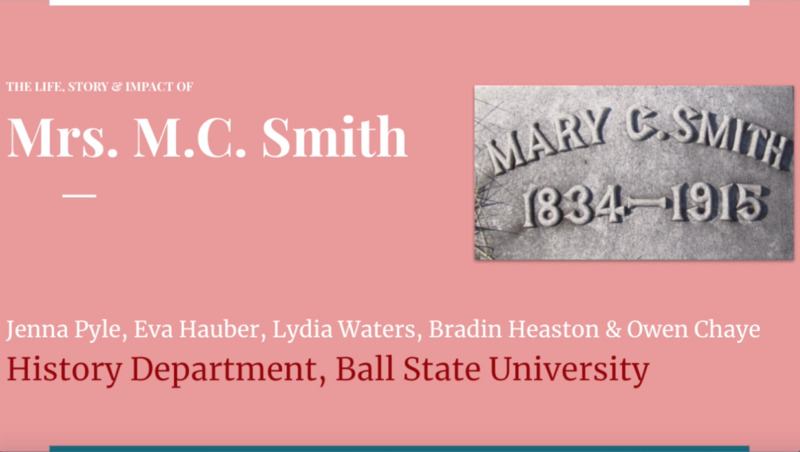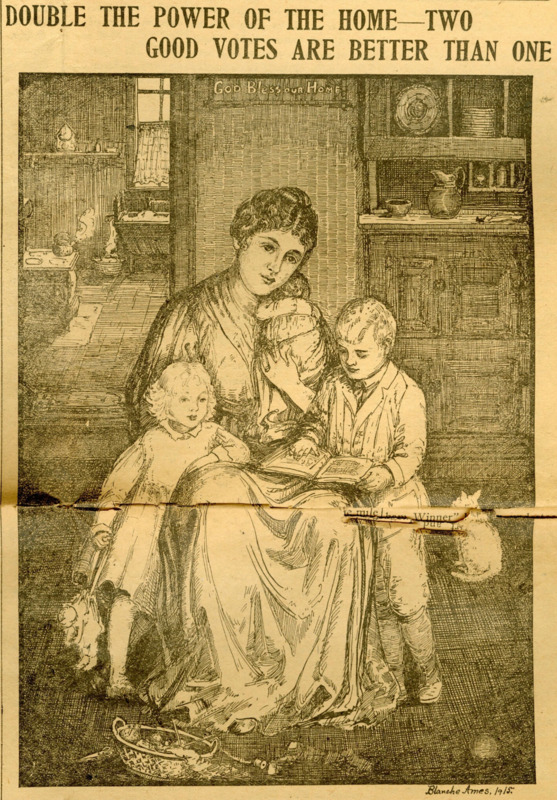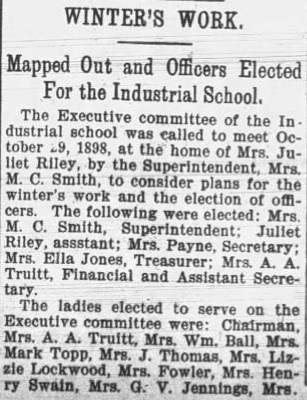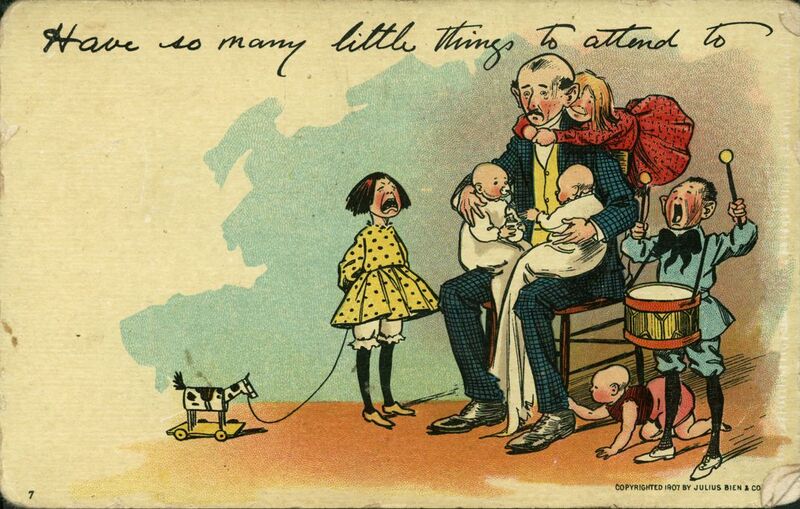Mrs. M.C. Smith
Mary Caroline Russey was born in 1834 in Richmond, Indiana. Her family moved to Muncie the next year, and she remained there for most of her life. Muncie would be the beneficiary of her considerable energy and effort. Her marriage to Marcus C. Smith in 1852 brought her seven children and life as a politician's wife. From 1854 to 1886, Marcus served in a variety of state representative capacities in Indianapolis and as mayor of Muncie. Her husband's position of social and economic privilege afforded Mary Caroline a reformer's perspective and the resources to substantially impact her community.
Her life reminds us of the two working roles that many nineteenth and early twentieth-century women played: in the home as wives and mothers, and in the community as social organizers and reformers. Without them the Progressive Era would have achieved far fewer of its characteristic social advances.
This biographical video was researched and created by Owen Chaye, Eva Hauber, Bradin Heaston, Jenna Pyle, and Lydia Waters.
The Life, Story and Impact of Mrs. M.C. Smith: Biography Video
The poster (above) was produced at the end of Mary Caroline Smith's life, specifically to raise support for woman suffrage. It draws upon a popular idea that women's place in the home as mothers and care-givers could be enlarged to show concern for the entire community. The poster suggests that voting women would aid legislation that protecting and strengthening traditional nuclear families. In the 1870-1920 period, this often meant white, heterosexual, married with children, and usually Christian families.
Historians often describe this way of thinking as maternalism, since it endowed women with innate morality, ability to care, and a desire to nurture, based on their physical capacity to give birth. In a period before women achieved the vote, maternalism spurred many women (across many racial, class, religious, and ethnic groups) to enhance local social resources. This public work occured in voluntary organizations that initiated, fund-raised for, and ran a wide variety of public programs that ranged from kindergartens and Sunday schools to settlement houses, orphanages, and women's shelters.
The newspaper article (above) identifies one of Mary Caroline Smith's ongoing committments. The Industrial School was a program that taught girls and women how to mend and rework donated clothes. The finished clothes were either sold or distributed to needy housheolds. By all accounts it was a tremendous success, teaching an important skill and recycling and redistributing cast-off clothing to people who could use it.
Reading the article closely, we see an organizational structure that was replicated in many other voluntary associations, clubs, and social programs. For many years, Mary Caroline Smith served as the superintendent of the Industrial School, and she was joined by other women from the same white professional class, including women of the Ball family. They filled other offices, sat on the executive board, or were members of the visiting committee that identified likely participants and evaluated their needs. All of these women are listed as Mrs., reminding us that this work was their "second shift" and existed on top of regular duties as wives, mothers, and domestic managers.
Although the term "second shift" was coined in 1989 by Arlie Russell Hochschild to describe how American couples balanced professional and domestic tasks, it is useful to think about it (in reverse) in a period before women entered the professional labor force. Mary Caroline Smith and the women who ran the Industrial School had family support and wealth that allowed them to hire domestic staff to support their "first shift." As they were not the exclusive care-givers for their husbands and children, they could take on a "second shift": substantial voluntary work that improved the community for households with fewer resources. However, this work and other club activities were always considered less important that the woman's core domestic role.
The postcards below portray fears that this voluntary work (and suffrage) would weaken the household or inconvenience a woman's husband with tasks that society appointed to her.
In the early twentieth century, postcards and cartoons provided sharp cultural and political messages, just as memes do today. The postcards above were printed by anti-suffrage campaigners, but they also draw on the popular belief that women's work was based only in the home and not in the community. If Mrs. Smith and other women had agreed with these messages, people in Muncie and cities across the country would have had fewer social resources and harder lives.
To hear more about the historian's process and the methodologies used to research and create historical narratives, check out the conversation between Owen Chaye, Eva Hauber, Bradin Heaston, Jenna Pyle, and Lydia Waters below.
The Life, Story and Impact of Mrs. M.C. Smith: Methodology Video
Across the industrialized world, working and middle-class women collaborated to provide resources in their communities that met basic needs and strengthened indivudal lives. Mary Caroline Smith's work is emblematic of this Progressive Era energy in Muncie, and the work of women like her across the United States. In this way, she joins the work of Josephine Jones Pierson (1862-1947) and Carrie Dill Hageman (1858-1923) that is profiled elsewhere in the Town On Fire 2020 exhibit.
Undoubtedly, these women would have identified the challenges that Ruby Leota McCray faced in Muncie, as a woman and a domestic worker, as spurs to their work. The final biography in this exhibit explores the life of a working woman with fewer resources and less protection. Click on Ruby Leota McCray to consider how some women were impacted by poorly paid domestic labor, illegal alcohol sales, and physical abuse.

